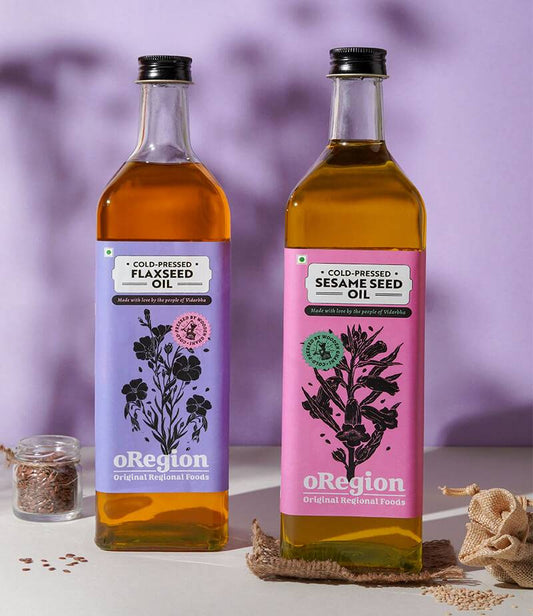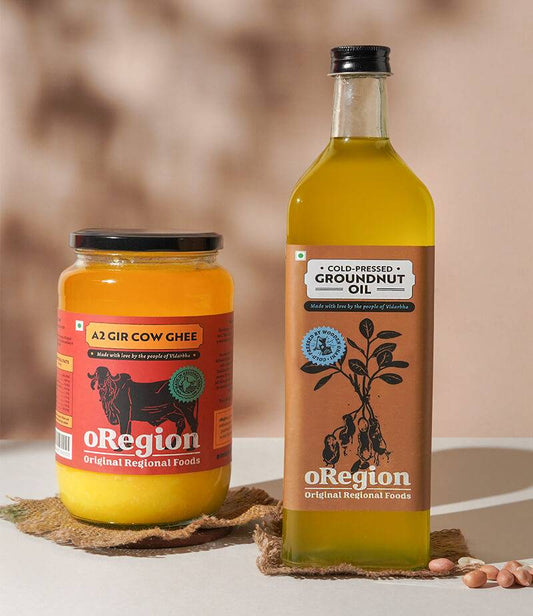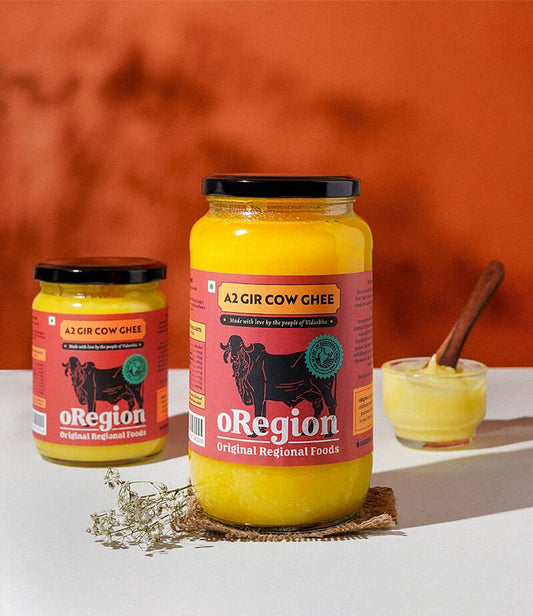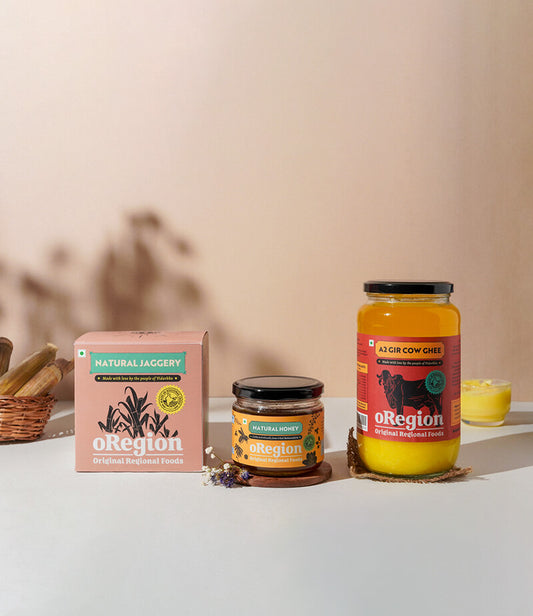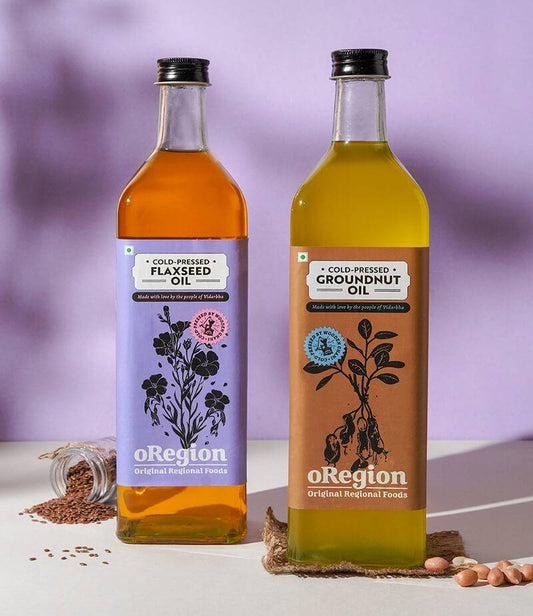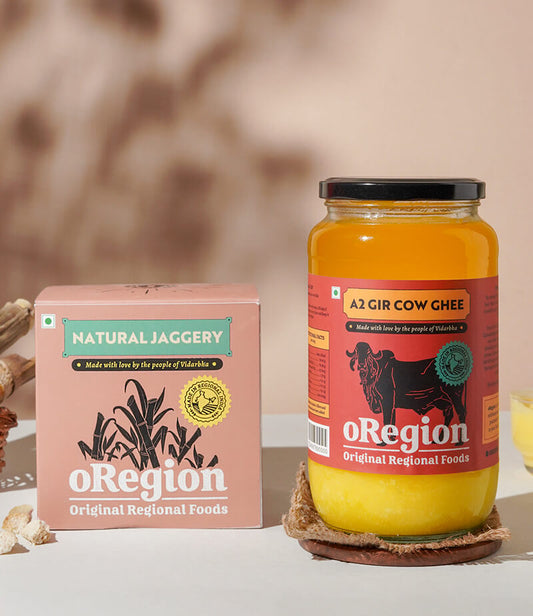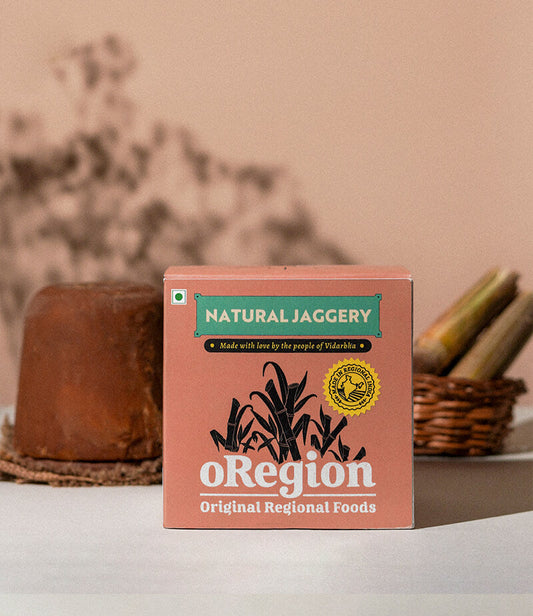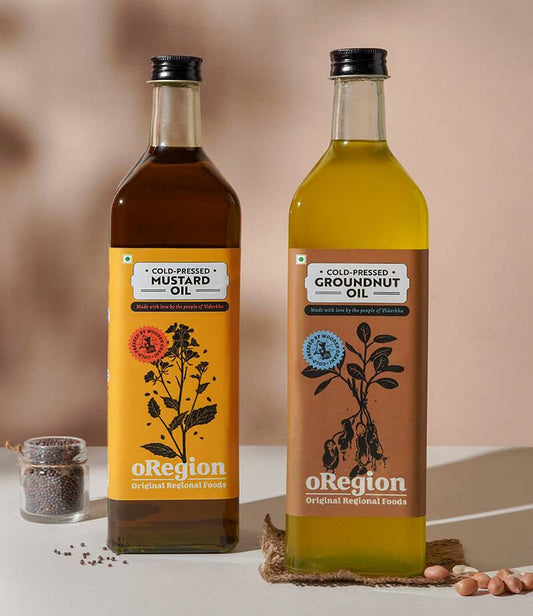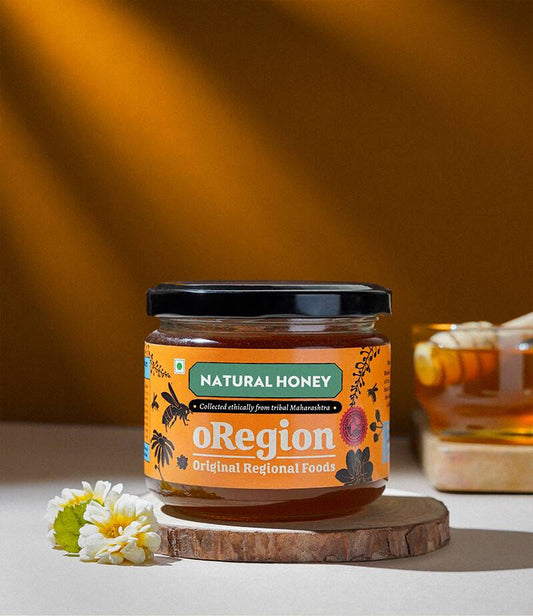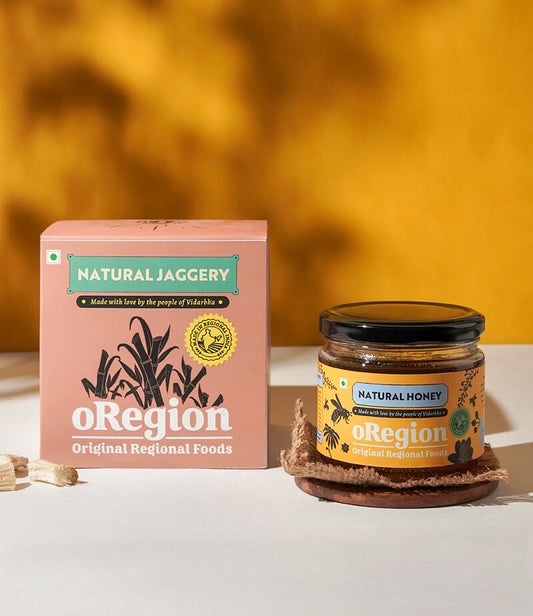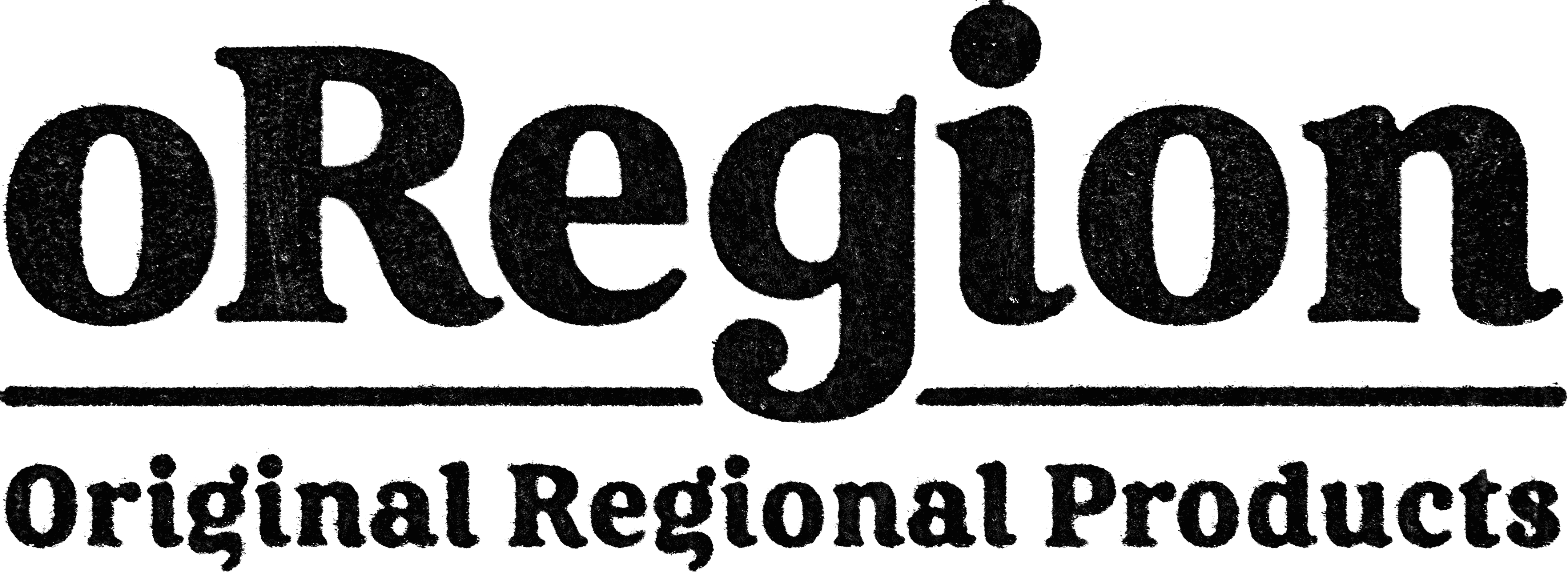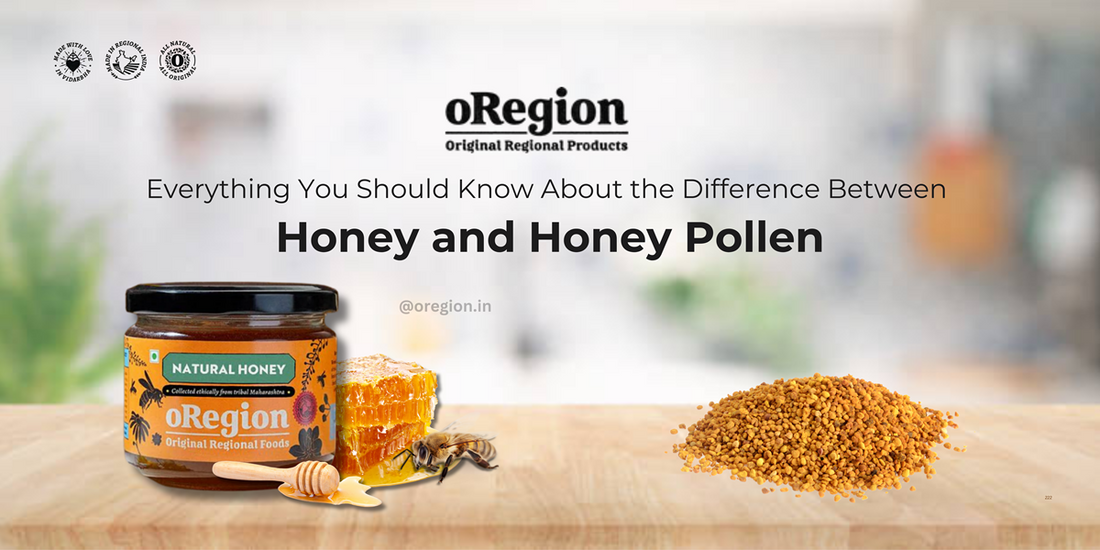
Everything You Should Know About the Difference Between Honey and Honey Pollen
By oregion foodsImagine strolling through a sunlit meadow, the air buzzing with the gentle hum of bees flitting from flower to flower. These industrious insects are not only vital for pollination but also produce two remarkable substances: honey and bee pollen. While both originate from the same source, they possess distinct characteristics and health benefits. Let's delve into the fascinating world of honey and bee pollen to understand their differences and how they can enhance our well-being.
Unveiling Honey: Nature's Liquid Gold
Honey is a sweet, viscous liquid that has been cherished for centuries. From ancient Egyptians offering it to their gods to its use in traditional Chinese medicine, honey's allure is timeless. But what exactly is honey?
The Journey from Nectar to Honey
Bees collect nectar from flowers, storing it in their stomachs. Back at the hive, this nectar is transferred to worker bees, who digest it for about 30 minutes, breaking down complex sugars into simpler ones. The processed nectar is then spread into honeycomb cells to dry, reducing its water content to less than 20%. Once adequately dehydrated, the cells are sealed with wax, preserving the honey for future use.
What is Honey?
Honey is a natural sweetener produced by bees from the nectar of flowers. It is rich in antioxidants, enzymes, and natural sugars, making it a healthier alternative to processed sugar. The honey we provide at oRegion is raw, unprocessed, and sourced directly from the wild forests of Gadchiroli.
Types of Honey
Based on Nectar Collection
-
Multiflora Honey: Derived from the nectar of various flowers, offering a rich taste and multiple health benefits.
-
Monoflora Honey: Sourced primarily from a single type of flower, known for its distinct flavor and specific medicinal properties.
Based on Honey Bees
-
Rockbee Honey (Apis Dorsata): Sourced from wild giant honey bees, known for its strong flavor and high nutritional value.
-
Apis Mellifera Honey: Collected from European honey bees, widely used in commercial honey production.
-
Apis Indica Honey: Derived from Indian honey bees, offering a mild taste and beneficial enzymes.
Based on the Collection Method
-
Collected Directly from Beehives: Harvested from natural bee colonies, retaining maximum purity and nutrients.
-
Collected by Bee Boxes/Apiculture: Produced in controlled environments through beekeeping practices, ensuring consistent quality and availability.
What is Honey Pollen?
Honey pollen, also known as bee pollen, is a mixture of pollen grains collected by bees from flowers, combined with nectar and enzymes. It serves as a primary source of nutrition for the bee colony and is regarded as a superfood due to its high protein content, vitamins, and amino acids.
Key Components of Honey Pollen
-
Proteins & Amino Acids: Essential for muscle repair and growth.
-
Enzymes & Antioxidants: Support cellular health and immunity.
-
Vitamins & Minerals: Contains B-complex vitamins, iron, magnesium, and zinc.
Honey vs. Honey Pollen: Key Differences
|
Feature |
Honey |
Honey Pollen |
|
Source |
Nectar from flowers |
Pollen grains from flowers |
|
Appearance |
Golden liquid |
Granular texture |
|
Taste |
Sweet, floral |
Mildly bitter, nutty |
|
Nutritional Value |
Rich in natural sugars, antioxidants, and enzymes |
High in protein, vitamins, and amino acids |
|
Usage |
Used as a natural sweetener, medicine, and skincare ingredient |
Used as a dietary supplement for energy and immunity |
|
Processing |
Raw honey may contain pollen naturally |
Collected and dried separately |
Health Benefits of Honey
1. Natural Immunity Booster
-
Our Natural Raw Multiflora Honey is enriched with Neem, Mahua, Anjan, Kukuranji, and Doodhkunda—herbs known for their antibacterial and antiviral properties.
2. Rich in Antioxidants
-
Raw Honey contains flavonoids and polyphenols, which help reduce oxidative stress and support heart health.
3. Energy and Digestion Support
-
Raw honey is easily digestible and provides a quick source of natural energy, making it an excellent pre-workout food.
4. Heals Wounds and Soothes Throat
-
The antibacterial properties of honey make it effective in treating wounds, burns, and sore throats.
Health Benefits of Honey Pollen
1. A Complete Superfood
-
Honey pollen is packed with proteins, vitamins, minerals, and essential amino acids, making it a nutritional powerhouse.
2. Reduces Inflammation
-
Due to its high antioxidant content, bee pollen helps combat inflammation and oxidative stress, supporting overall well-being.
3. Supports Digestive Health
-
Bee pollen contains natural enzymes and probiotics that aid in digestion and improve gut health.
4. Boosts Immunity and Allergies
-
Consuming local honey pollen may help build immunity against seasonal allergies by exposing the body to small amounts of pollen allergens.
Bee Pollen: The Unsung Superfood
Bee pollen is often overshadowed by honey, yet it stands as a nutritional powerhouse in its own right.
What is Bee Pollen?
Bee pollen is a mixture of plant and flower pollen combined with nectar and bee saliva, used by bees in honey production. Its composition is highly variable but includes vitamins, minerals, carbohydrates, lipids, and proteins.
Nutritional Composition
Bee pollen is rich in:
-
Proteins and Amino Acids: Essential for tissue repair and growth.
-
Vitamins: Including B-complex vitamins and vitamin C.
-
Minerals: Such as calcium, magnesium, and potassium.
-
Antioxidants: Compounds that combat oxidative stress.
Honey vs. Bee Pollen: Understanding the Differences
While both honey and bee pollen are bee-derived products, their differences are notable:
-
Composition: Honey is predominantly sugars with trace nutrients, whereas bee pollen is a complex mixture of proteins, vitamins, minerals, and antioxidants.
-
Production Process: Honey results from the enzymatic processing of nectar, while bee pollen is collected directly from flowers and combined with bee secretions.
-
Uses: Honey is commonly used as a natural sweetener and topical remedy, whereas bee pollen is consumed as a dietary supplement for its nutritional benefits.
The Significance of Pollen in Honey
The presence of pollen in honey enhances its nutritional profile. Raw honey contains bee pollen and propolis, contributing to its antioxidant and antimicrobial properties. However, processed honey often lacks these components due to pasteurization and filtration.
Why Choose oRegion’s Natural Raw Multiflora Honey?
-
Ethically Sourced: We collect honey from the tribal forests of Gadchiroli, Maharashtra using smokeless and cruelty-free methods.
-
Rich in Medicinal Properties: Our honey is enriched with nectar from medicinal plants, offering unique health benefits.
-
100% Pure and Unprocessed: No additives, preservatives, or artificial flavors—just pure honey as nature intended.
-
Supports Sustainable Beekeeping: We empower honey artisans and promote the growth of honeybee bio-culture.
FAQs About Honey and Honey Pollen
1. What is Wild Forest Honey?
-
Wild Forest Honey is collected from bees feeding on medicinal trees and plants in untouched forests, giving it unique therapeutic properties.
2. How is Honey Extracted?
-
We use a smokeless and cruelty-free extraction method, ensuring the safety of bees and preservation of nutrients.
3. Can Real Honey Crystallize?
-
Yes! Raw honey crystallization is a natural process and indicates purity. If your honey crystallizes, just place the jar in warm water to restore its liquid form.
4. What Causes the Creamy Layer in Honey?
-
This is bee pollen, which rises to the surface due to honey's natural composition. It is highly nutritious and should be stirred in before consumption.
5. Is Honey Pollen Safe for Everyone?
-
People with severe pollen allergies should consult a doctor before consuming honey pollen.
Embracing the Best of Both Worlds
Incorporating both honey and bee pollen into your diet can offer a symphony of health benefits. Whether drizzling honey over your morning toast or adding bee pollen to a smoothie, these natural products can enhance your nutritional intake.
Final Thoughts
Both honey and honey pollen offer incredible health benefits, but they serve different purposes. If you're looking for a natural sweetener with healing properties, oRegion’s Natural Raw Multiflora Honey is the perfect choice. If you need a protein-packed superfood to enhance immunity and energy levels, honey pollen is the way to go.
At oRegion, we are committed to providing the best and pure honey, sourced responsibly from Vidarbha’s wild forests. Experience the authenticity of nature's nectar with our premium raw honey and natural honey pollen.
Order now from oRegion and embrace the purity of natural honey today!
